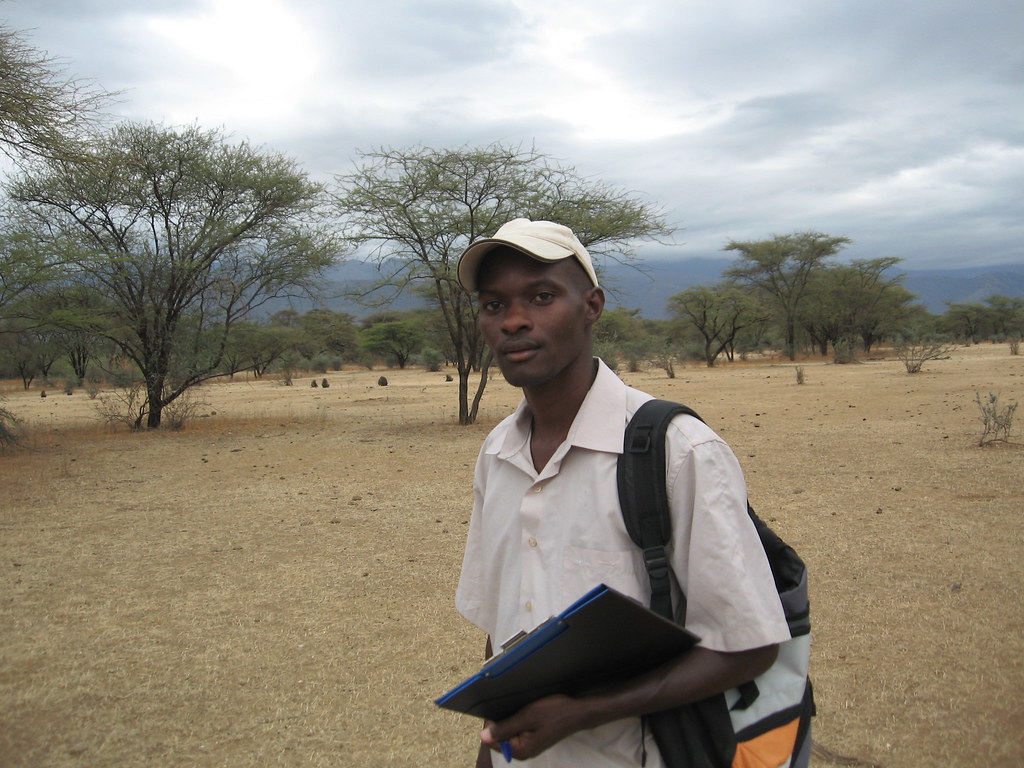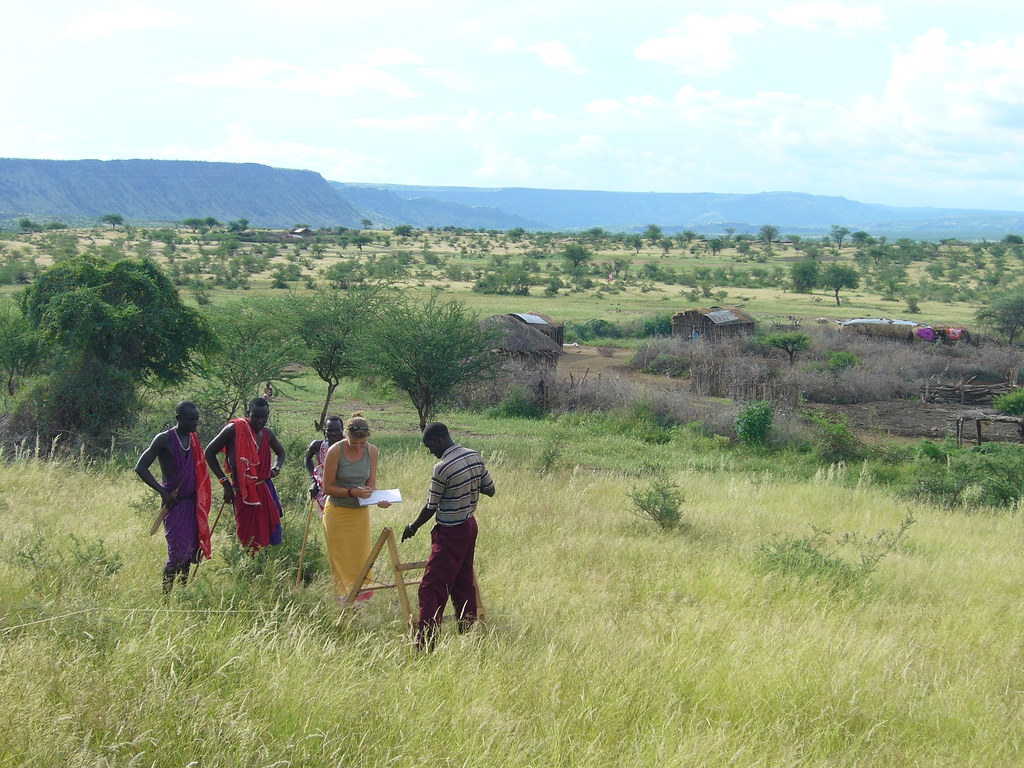OLKIRAMATIAN BABOON PROJECT
By Joel Njonjo
By Joel Njonjo
Background information:
The Maasai tribe inhabits Olkiramatian group ranch. The group ranch is divided into three sections; the northwest fringe has potential for agriculture and has been set aside for farming, the eastern part of the group ranch is the widest with vast space for livestock and the Northeast part is blessed with vast plains and forest parches that are wet and green year round. Olkiramatian provides a home for many different animal and bird species including the Big Five (except rhinos). Other rare species and endangered species, like lesser kudus, are abundant. More than two hundred beautiful bird species have been reported within the conservation area.The Maasai people have a rich culture that embraces the conservation of their natural resources. This is why they have been able to coexist with wild animals in their day-to-day lives up to the present time. Although human encroachment and increasing development exert high pressure on wildlife populations across Kenya, wildlife is still thriving in Maasai areas. Their culture contains measures that protect the environment; for instance, excessive poaching is prohibited since it’s believed that poachers will become unsuccessful outcasts. Tree conservation is an important characteristic: people may prune trees for a variety of uses, but may not cut down the whole tree.
 In Maasai society, every animal species is viewed differently – generally depending on their size and benefits. Before the tourism era, they valued wildlife for food, ritual, and cultural functions. Killing a lion used to be seen as a sign of braveness and manhood. On the other hand, some animals are viewed to be of low or no benefit. These animals are neither used for cultural purposes nor subsistence purposes. Some of them come into conflict with people through crop-raiding or livestock predation. Baboons and hyenas fall in this category. Hyenas predate on livestock, and baboons raid crops and eat young goats and sheep. Hence, both species are perceived to be pests in the society.
In Maasai society, every animal species is viewed differently – generally depending on their size and benefits. Before the tourism era, they valued wildlife for food, ritual, and cultural functions. Killing a lion used to be seen as a sign of braveness and manhood. On the other hand, some animals are viewed to be of low or no benefit. These animals are neither used for cultural purposes nor subsistence purposes. Some of them come into conflict with people through crop-raiding or livestock predation. Baboons and hyenas fall in this category. Hyenas predate on livestock, and baboons raid crops and eat young goats and sheep. Hence, both species are perceived to be pests in the society.Baboons are among the world’s best survivors and are adept in changing diet and introducing new foods when resources are scarce. Their flexibility occasionally leads to conflict with people, especially where there is competition over wild fruits, water and livestock fodder during dry seasons, leading to a negative perception in the community. Resource competition intensifies as the drought continues and baboons introduce meat as their supplement source of food.
Project introduction:
Dr. Shirley Strum, Director of Uaso Ngiro Baboon Project, Debbie Nightingale of Uaso Ngiro Baboon Project and John Kamanga, the Olkiramatian Group Ranch Chairman and SORALO coordinator, introduced the idea of baboon habituation for research and eco-tourism to the Olkiramatian community in the year 2005. They proposed the idea as a way of adding value to the existing eco-tourism project in Sampu Tented Camp. They also wanted to create job opportunities for the locals and to support different development programs in Olkiramatian.
In addition, the community will benefit through the project by learning baboon ranging patterns and learning when and where they attack their livestock. This will help the community develop non-lethal approaches to reducing human-baboon conflict.
Project aim:
The project aims to habituate a baboon troop for use in a “Walking with Baboons” eco tourism project in Olkiramatian Group Ranch. This is a unique opportunity to walk within a troop of baboons while learning about the environment, vegetation types, and Maasai culture. Visitors learn how the Maasai, livestock and wild animals collectively and sustainably use natural resources.
Project packages-activities:
The project gives its clients a chance to walk with wild baboons with a Maasai guide, and watch them at a close range while they continue with their daily activities. The guide knows each individual baboon, and will answer questions about baboons, Maasai culture, livestock and vegetation.
TO SCHEDULE YOUR WALK, CONTACT
JOHN KAMANGA
AT
SORALO@ACC.OR.KE OR 254-20-891360
OR
JOEL K. NJONJO
JOELNJONJO@GMAIL.COM
OR CALL
JOHN KAMANGA
AT
SORALO@ACC.OR.KE OR 254-20-891360
OR
JOEL K. NJONJO
JOELNJONJO@GMAIL.COM
OR CALL
+254 722 545 285
+254 737 545 285
+254 737 545 285










